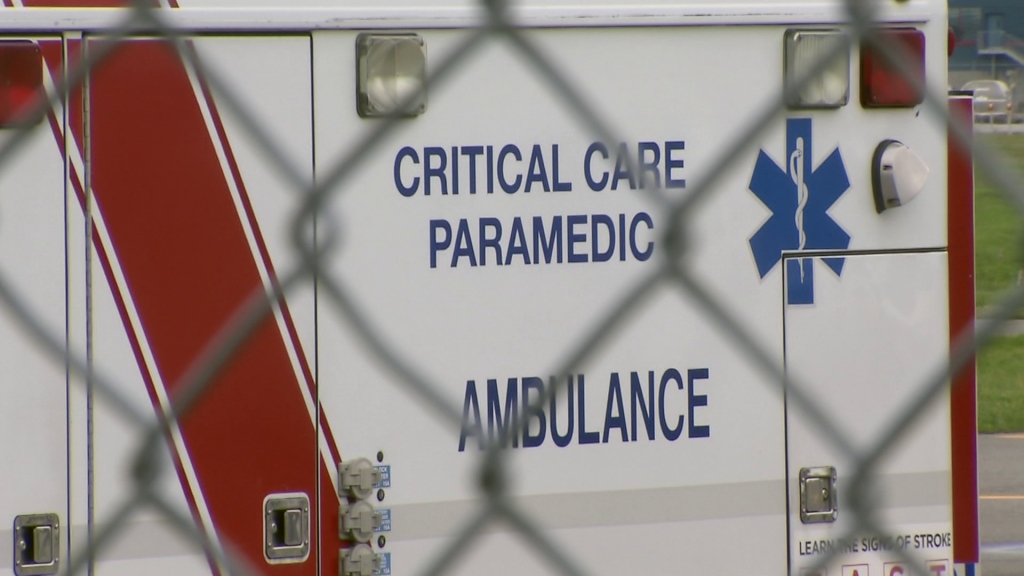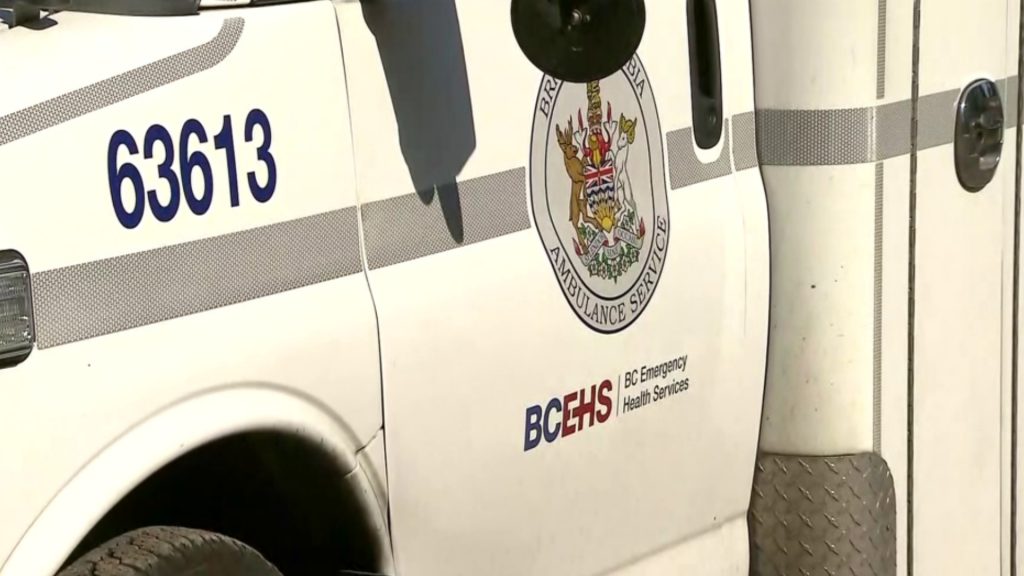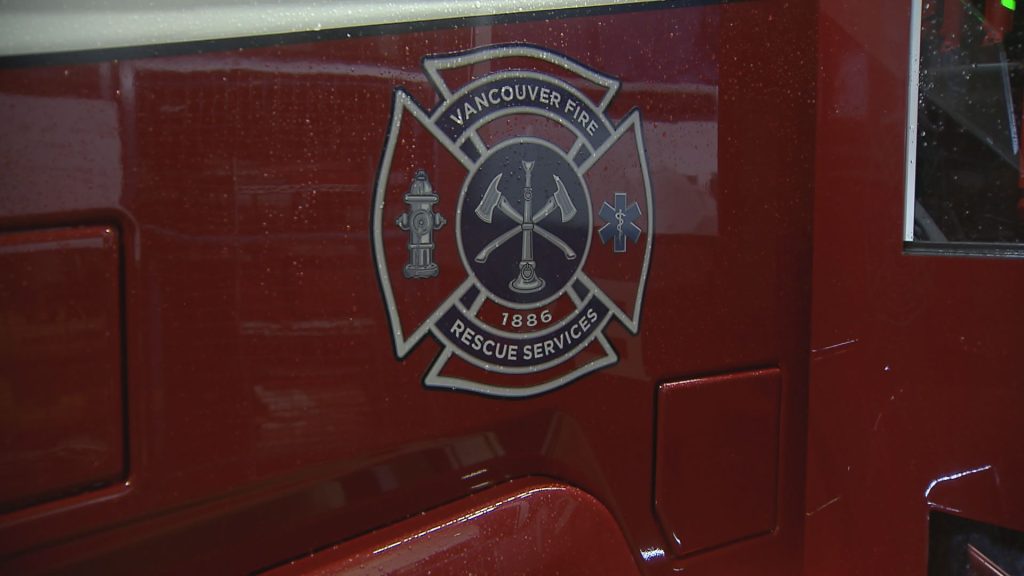Despite staff increase, B.C. ambulance wait times still high

Posted December 1, 2023 7:28 am.
Despite more emergency health workers on the job across B.C., the union that represents paramedics in the province says response times still aren’t where they should be.
“We don’t always operate at 100 per cent and sometimes nowhere near 100 per cent,” Ian Tait, a paramedic in Metro Vancouver and communications director for the Ambulance Paramedics of BC, told CityNews.
For emergency calls, like responding to a cardiac arrest with lights and sirens, paramedics should arrive in under nine minutes. But Tait says that’s not always the case. He adds sometimes people are waiting 10 or 11 minutes, and each minute could change a person’s life.
“That’s frustrating, for sure, and that’s usually for a lack of staffing. It has to do with call volume and just certain levels of emergencies.”
As for non-emergency calls, Tait says depending on where you are and what the issue is, you could be waiting anywhere between 10 to 12 hours.
“There are still significant waits for some of those calls. So, if you call in and say you’re having chest pain and you’re suffering from some type of cardiac event or respiratory [event], obviously that gets triaged a lot higher than, ‘I’ve had the flu for a couple of days,’ or, ‘I broke my toe,’ or something small like that.”
Tait says another complication to wait times is the spike in call volumes, with more around mental health and the opioid crisis coming in.
“Think about how many calls we get for overdoses now, than we used to go 10 years ago,” said Tait.
“The population is really increasing in age, so there are more elderly people with significant medical problems living in the community now than there’s ever been, and the ambulance staffing hasn’t really kept pace with that type of number. So, we are still struggling with workload and volume.”
He says across the Lower Mainland there is often a patchwork of crews to ensure every call is answered.
“I worked a couple nights back and sometimes four cardiac arrests will come in at one time for a community, and there’s only two ambulances that are available,” he said.
“So, what they do is they scramble to free up other ambulances or bring in other ambulances from other communities — that’s part of the entire provincial game of the ambulance service, is the ability to move resources around as volume spikes. Just because you’re stationed out of Chilliwack, doesn’t mean you can’t do calls in Vancouver.”
He says as call volumes remain high, there is also some onus on the public not to clog up the phone lines.
“There’s a big difference between 911 and 811 and we encourage the public to look into that difference. 911 is primarily used for an emergency. 811 is something you can call and talk to a nurse on the phone, or a dispatcher and they can maybe help you with alternative transport to a hospital.
“We don’t want people who have a broken toe to wait six hours for an ambulance when there are three cars in their driveway, and someone can drive them in. We’re not saying if it’s serious, you shouldn’t call, but at the same time there has to be some responsibility on the person that calls in on what is an emergency and what is not an emergency.”
Earlier this year, ambulance paramedics and dispatchers ratified a new contract with the province that included a wage increase and a potential cost-of-living adjustment. Tait says that was a game changer, but more money would bring them on par with their policing and firefighting counterparts and would help with recruiting and retaining.
“We were finally able to go to job fairs and say, ‘Hey, we’re not paid 30 per cent less anymore than everybody else’ at the job fair, so people started applying.”
Increased staffing levels would also help cover those who’ve taken time off to address their mental health, as Tait explains, the burn-out on the frontlines is very real.
In B.C., paramedics typically respond to one million calls every year, yet staffing levels in the last 18 months have only increased from 4,400 to about 6,000.








